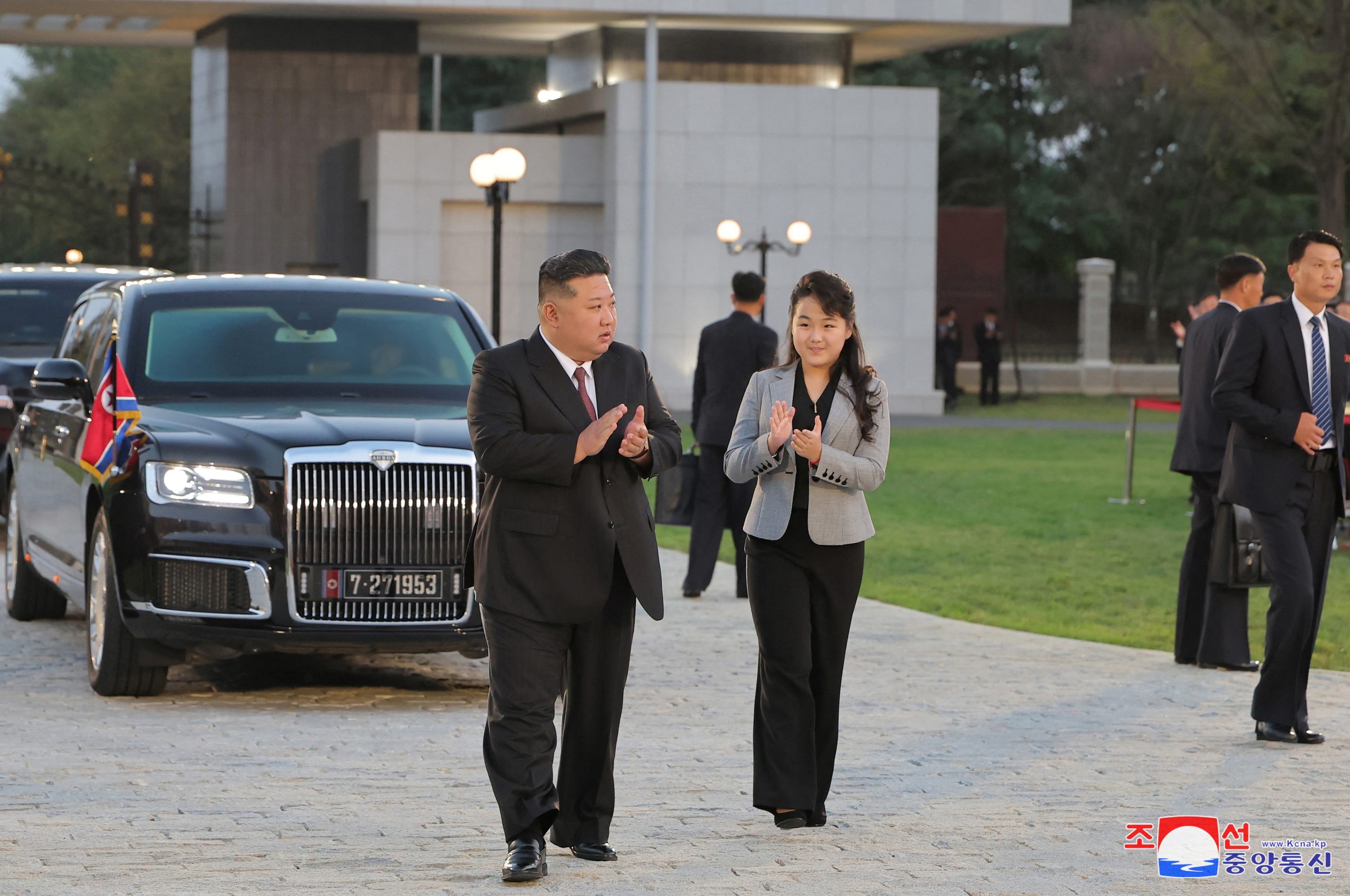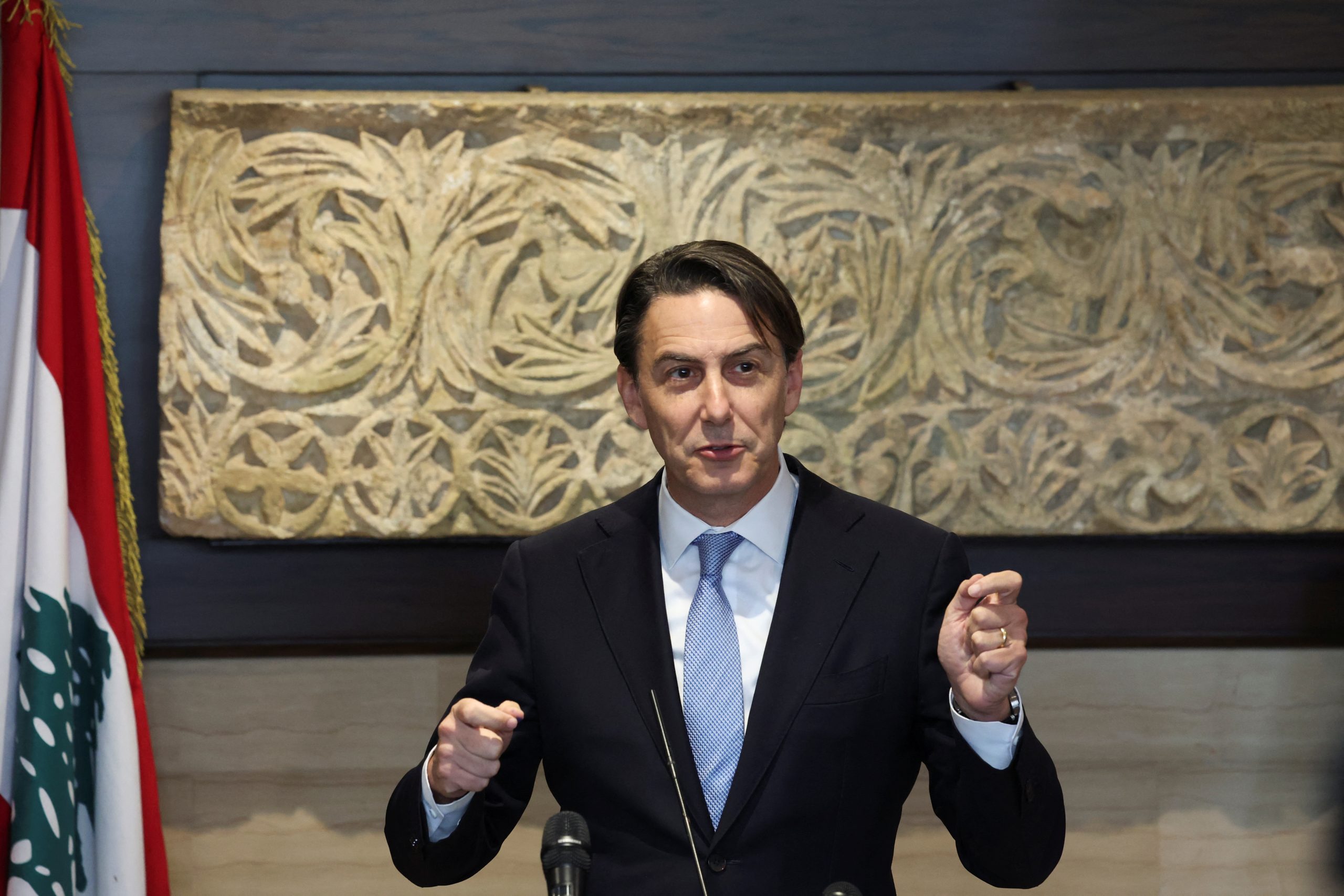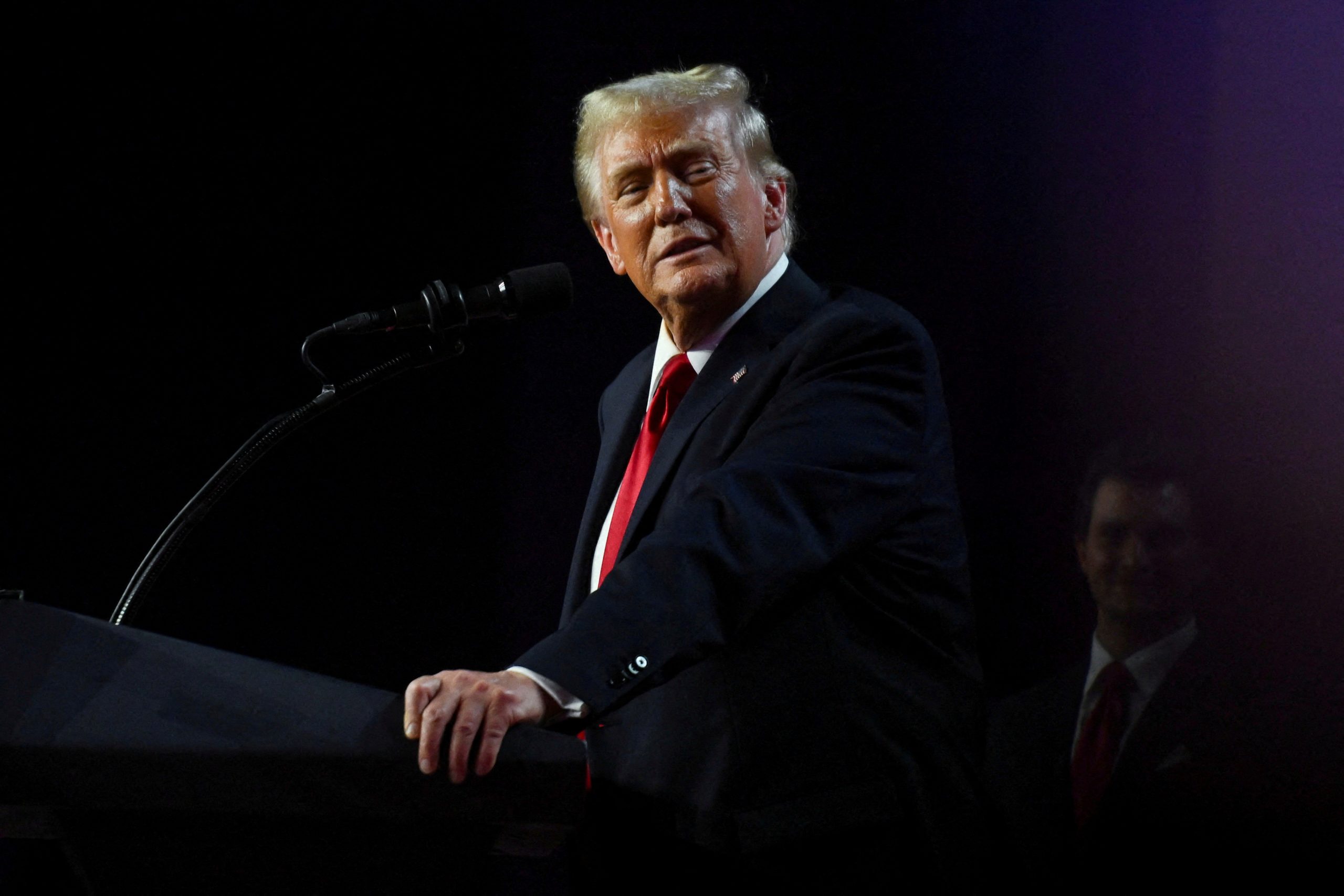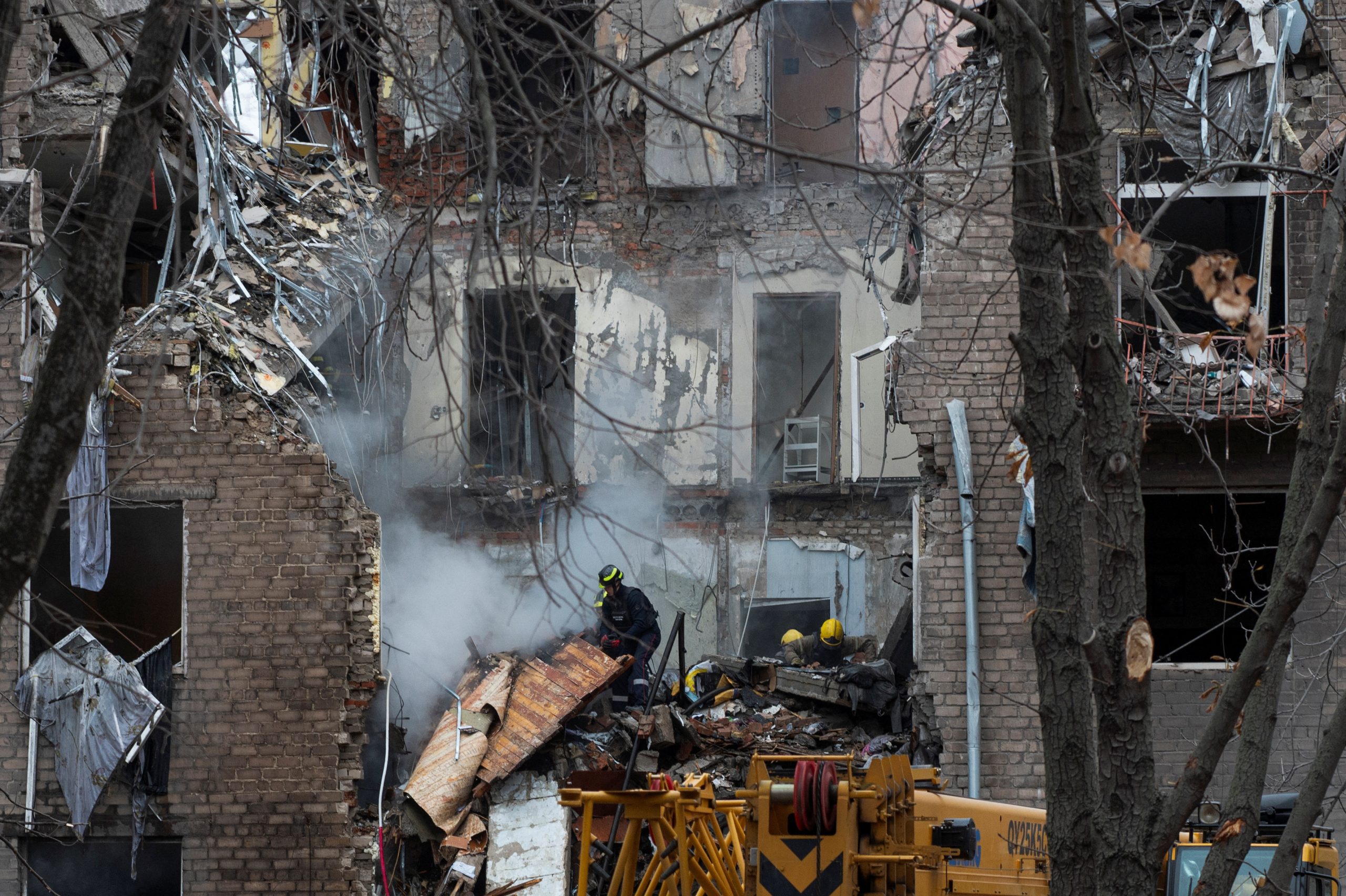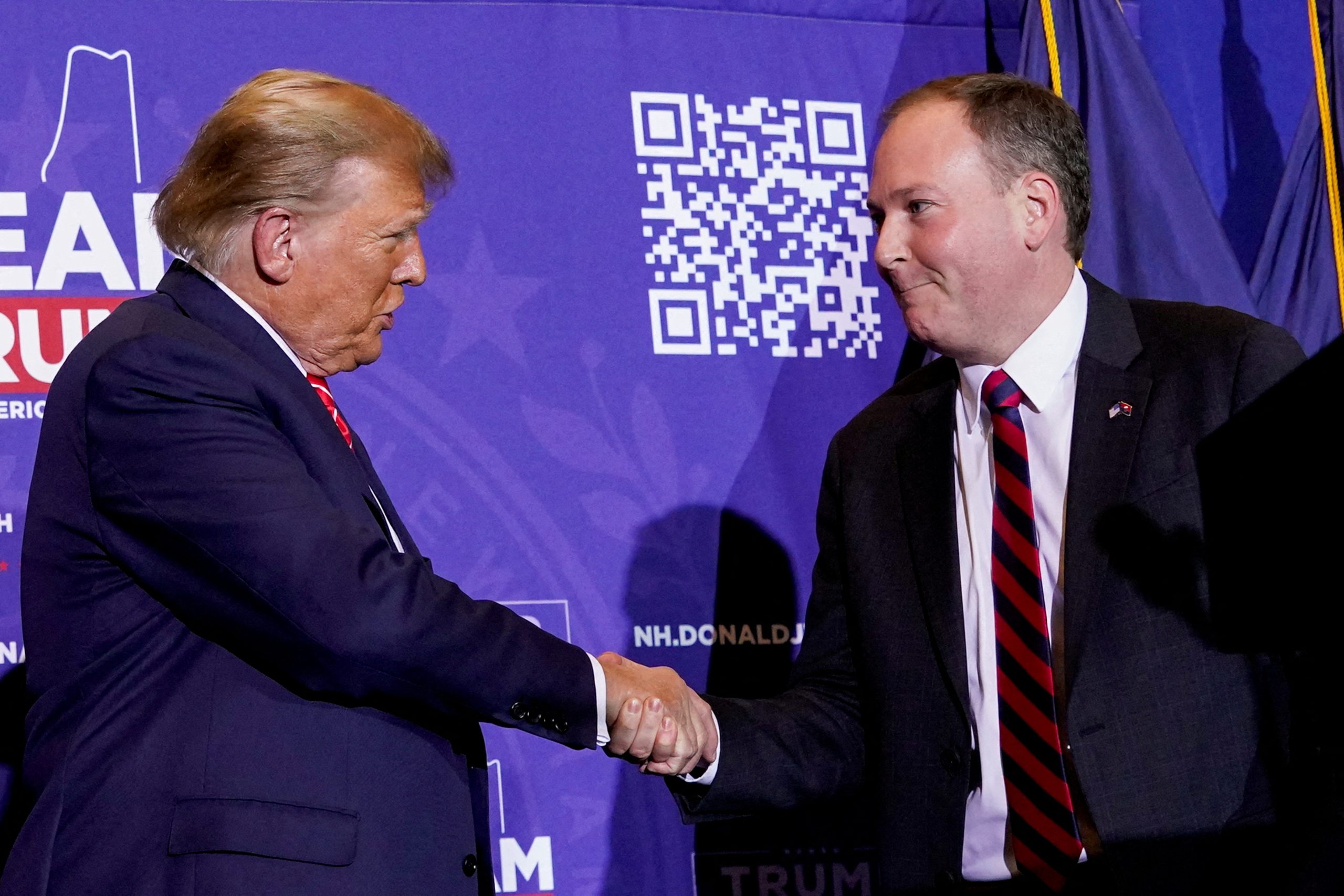In a stunning show of force, Ukraine launched its most extensive drone offensive against Moscow and multiple Russian regions, intensifying the conflict and signaling that no area is off-limits in its ongoing resistance. The pre-dawn assault on November 10 saw 45 drones aimed at the Russian capital and the surrounding regions of Bryansk, Belgorod, Kaluga, and Kursk. This bold operation represents one of the largest drone attacks on Russian soil since hostilities erupted, demonstrating Ukraine’s increasing military reach and willingness to take the fight directly to Russian territory.
Moscow’s Mayor Sergei Sobyanin confirmed that the capital’s sophisticated air defense systems intercepted and destroyed every drone before it reached its target, with no reported casualties or significant damage. Yet, the sheer scale of the attack has sent shockwaves through Russia, sparking renewed calls for heightened security and fortification around key Russian cities. Russian citizens, who until now have largely been shielded from the frontline impacts of the war, are now experiencing the palpable anxiety of potential attacks on their home soil.
Drone Warfare Intensifies as Ukraine Tests Russian Defenses
This latest offensive underscores Ukraine’s strategic shift toward using drone technology to disrupt and test Russia’s defenses. As Ukraine’s arsenal of drones becomes more sophisticated, analysts believe these operations serve not only to deliver psychological blows but also to reveal vulnerabilities within Russia’s air defense grid. This approach allows Ukraine to extend the battlefield far beyond traditional frontlines, applying pressure deep within Russian territory and forcing Russia to allocate resources to defend cities and infrastructure once thought secure.
For Russia, this marks a new and unsettling phase in the conflict. In response, the Kremlin has vowed to strengthen its air defenses and warned of potential retaliatory measures. Russian military officials have already been called upon to deploy additional anti-drone systems and surveillance technology to major cities in anticipation of future strikes. Kremlin spokespersons have condemned the attacks, framing them as “escalatory” moves that could provoke serious retaliatory action if Ukrainian forces continue to advance into Russian airspace.
Global Reactions and Concerns Over Escalation
The international community has been quick to respond to the heightened tensions, with leaders around the globe expressing deep concern over the latest developments. Observers worry that this escalation could lead to a dangerous tit-for-tat spiral, dragging the conflict into increasingly unpredictable territory. As diplomatic channels grow strained, calls for restraint are growing, with some urging immediate negotiations to prevent further destabilization.
Yet, as Ukraine continues to press forward with such high-profile strikes, it appears determined to show its resilience and defy Russian influence in the region. For Ukraine’s allies, this boldness is both a sign of strength and a cause for caution, as they weigh the risks and benefits of supporting an increasingly assertive Ukrainian military strategy.
What’s Next? The Future of Drone Warfare in the Russia-Ukraine Conflict
With this unprecedented drone assault, Ukraine has sent a clear message: it has the capability and resolve to strike Russian territory, even as far as the nation’s capital. Military analysts suggest this may only be the beginning, as Ukraine’s expanding drone capabilities continue to evolve. This technology, which can bypass traditional defense systems, could become a central element of Ukraine’s strategy, bringing the war closer to Russia’s cities and intensifying pressure on the Kremlin.
As both sides assess the fallout from this attack, the world is left wondering just how far this new phase of drone warfare could go. For the people of Russia, who are now seeing the conflict come closer to home, the psychological and political impact is undeniable. And for Ukraine, this daring strike solidifies its determination to hold its ground and challenge Russia’s dominance, no matter the cost.








